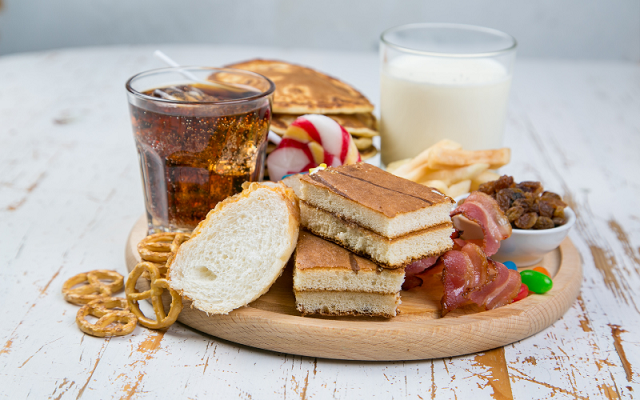In our body, brown fat (or fluid fat) is primarily located in the neck and along the spine. The cells that form them are particularly rich in mitochondria and are specialized in heat production. On one hand, they serve to protect against the cold; on the other hand, they help in the burning of excess calories. In some obese individuals, this brown fat does not function properly.
Thick fats or white fats
They constitute the adipose tissue, formed by lipids stored as triglycerides, and represent our largest energy reserve.
Properties of fluid (or brown) fats
- They expel thick fats from the body. In the absence of brown (or fluid) fat, thick fats appear in the body ;
- They protect us from the cold and the heat. The Papuans live at an altitude of 4000 meters with an average temperature of 4°C. They remain naked despite the intense cold and appear slim without excess fat.
- They are our energy reserve and are accumulated, among other places, in the fascia (connective tissue that surrounds the muscles) ;
- They transport the body's waste to the colon where it will be eliminated.
The fats circulate in the fascia and, after passing through all parts of the body, go from the small intestine to the colon. Some of the lactic acid produced during muscular activities can be transported by fluid fats to the colon to be expelled.
The professor Robert Maigne described this function of fascia and fats nearly 50 years ago: they contribute to the synthesis of certain hormones.
Thanks to American researchers, it has been discovered that fluid fats contain adult stem cells capable of repairing all our organs and tissues. These stem cells, which can be obtained through simple liposuction, have already been used in Switzerland for a few years to repair muscle tears, damaged arteries, and hearts, thus avoiding organ transplants. They have the ability to differentiate and become myocytes (muscle cells), cardiomyocytes (heart cells), hepatocytes (liver cells), osteocytes (bone cells), as well as bone-like cells (cartilage, ligament) and even glial and nerve cells. Stem cells are produced by the bone marrow (BMSC), unlike embryonic stem cells (ESC) which come from human embryos.
The derivative bath is an interesting technique to improve the circulation of fluid fats. Walking barefoot (preferably in nature, in warm weather, and with very loose clothing) promotes the mobilization of fluid fats. The friction is provided by the resistance to the air, and the coolness comes from the evaporation of sweat that flows along the body.
Foods promoting thick bad fats:
- Refined oils and sugars, refined grains (white bread, pasta, and white rice, etc.), industrially prepared dishes with refined, processed ingredients rich in synthetic additives ;
- Store-bought candies, chocolate bars, ice creams, cakes, all kinds of dairy products (sweet, soft, fatty, and light).
- Sodas high in refined sugars.
Examples of foods that promote healthy fluid fats:
- The raw foods untreated fruits and vegetables ;
- Whole or semi-whole foods ;
- The virgin oils first cold-pressed and preferably organic ;
- Unrefined whole sugars ;
It is necessary to use preparations that do not alter the living nutrients provided by food. It is also recommended to chew and salivate properly all foods, and even drinks, to promote good digestion and the assimilation of each bite.
According to Dr. Kousmine's observations, if one primarily consumes animal fats and margarine, the body's stored fat will be more solid. This fat, being too firm, will prove difficult to mobilize.
An intake of gamma-linolenic acid (in the form, for example, of evening primrose oil or borage oil) stimulates, through prostaglandins, the mitochondria of brown fat and leads, in some cases, to aGradual normalization of weight, without the need to resort to other dietary measures.
Fatty acids or lipids (oils and fats)
The subcutaneous tissue of people who consume a lot of margarine acquires a particular, abnormal, and pasty consistency. On the other hand, if virgin vegetable oils (such as olive oil, sunflower oil, walnut oil) are introduced, our stored fat will be more fluid, the subcutaneous tissue more supple, and the skin surface silkier.
In principle, human fat melts at 17°C. It is therefore fluid at body temperature. This melting point increases if we consume solid fats. Animals raised on potatoes, and forced to produce their own fat from starch, will yield white and firm lard. However, if pigs are fed corn or soy containing polyunsaturated oils, their fats become yellow and fluid.












